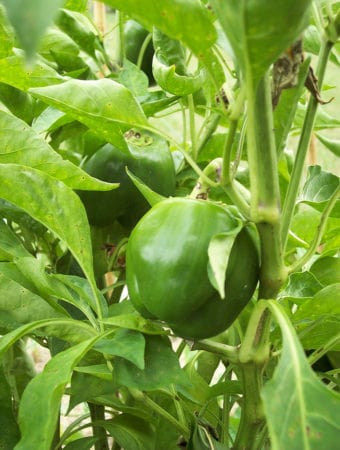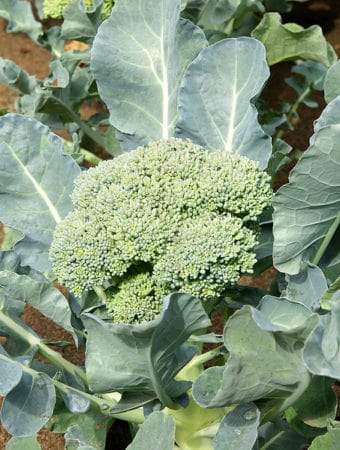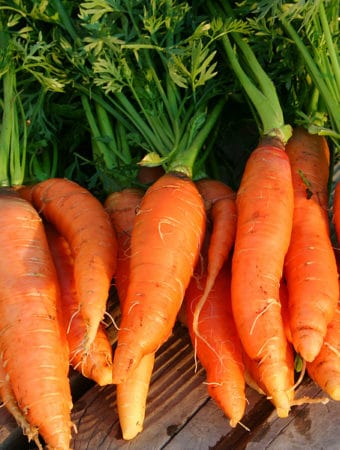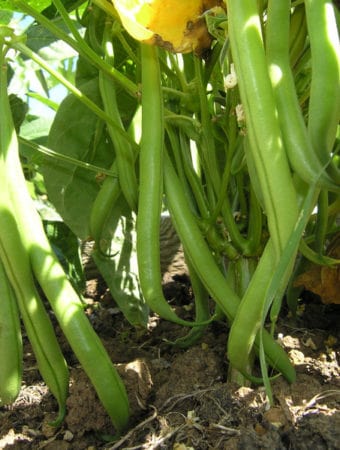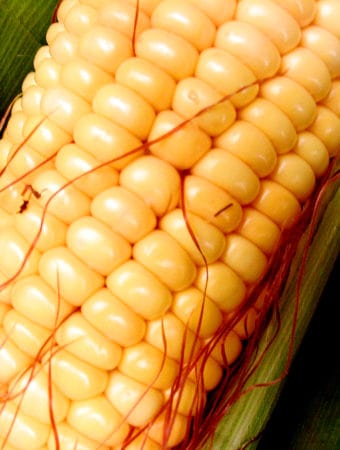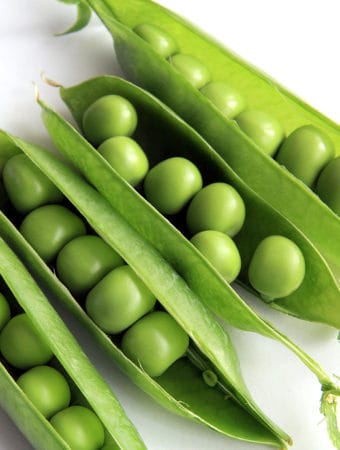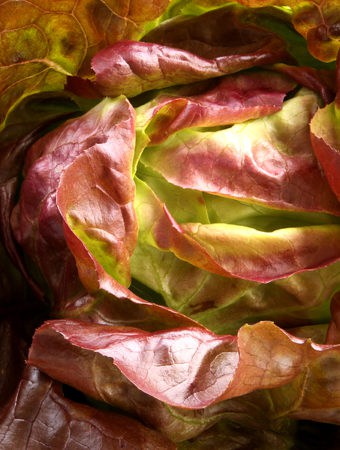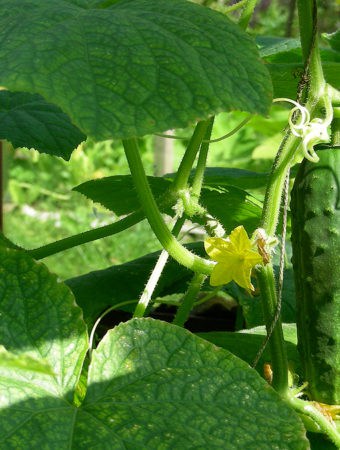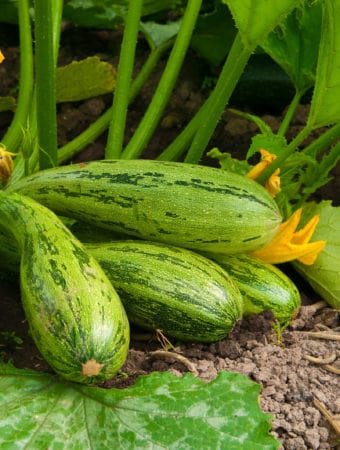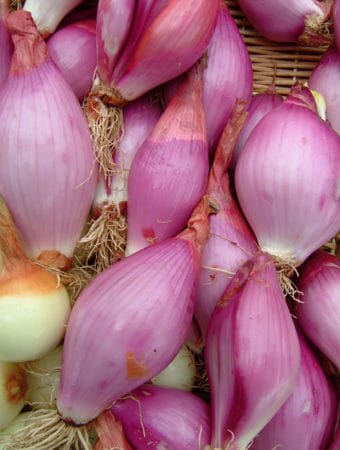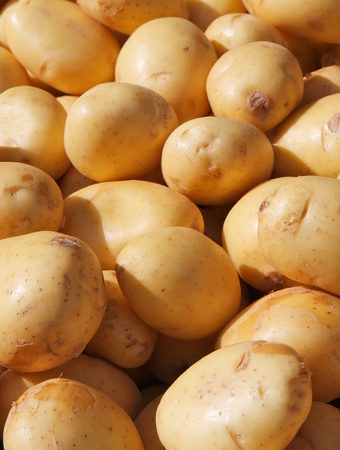Parsnips are a cool-season crop. They are commonly planted in late spring for harvest in autumn, or they are planted in late summer for harvest in winter or early spring. Parsnips are the most frost-resistant of all vegetables; they can be left in the garden over winter in even the coldest climates.
Sow parsnip seeds directly in the garden 2 to 4 weeks before the last frost or as soon as the soil can be worked. For transplants, start seeds 4 to 6 weeks before setting out. Set parsnip transplants in the garden, 4 weeks before to 3 to 4 weeks after the last frost. Transplants should be handled carefully so as not to disturb the roots.
Tools for Vegetable Gardeners at Amazon:
- A.M. Leonard Straight Rake with Ash Handle
- All-Steel Nursery Spade with D-Grip Handle
- 4-Tine Spading Digging Fork with D-Handle
- Digital Soil pH Meter Outdoors Greenhouse
- Earthwise Handheld Electric Fertilizer Spreader
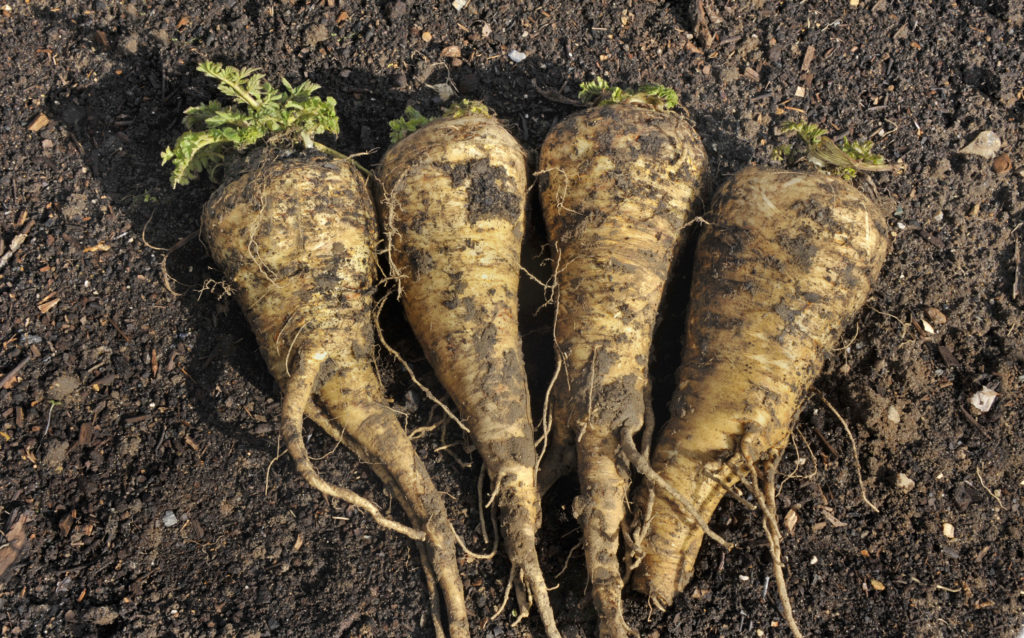
In mild-winter regions where temperatures seldom dip below freezing—regions where spring and summer warmth arrive early in the year, sow parsnip seeds in late fall for a spring crop. Parsnips overwinter well in all regions and can be harvested as needed.
Because parsnips are such a long-season crop, succession crops are commonly not planted.
Parsnips are best grown in deep, humus-rich, well-drained soil, sandy loam is ideal. All rocks should be removed to a depth of 12 to 18 inches (30-45cm); rock will interfere with root development. Add plenty of aged compost to the planting bed before sowing seed or setting out transplants. Grow parsnips in full sun.
Cover parsnip seed about ½ inch deep. Seeds are very slow to germinate and should be soaked in water for several hours or overnight. For direct-sown seed, the soil temperature for best germination is 50° to 70°F (10°-21°C). Cover the seed with vermiculite or a mix of leaf mold and sand since the seed has trouble coming up through crust soil. Thin plants to 4 to 6 inches (10-15cm) apart.
Parsnips mature in 95 to 120 days. Parsnip flavor is greatly enhanced by a few hard touches of frost.
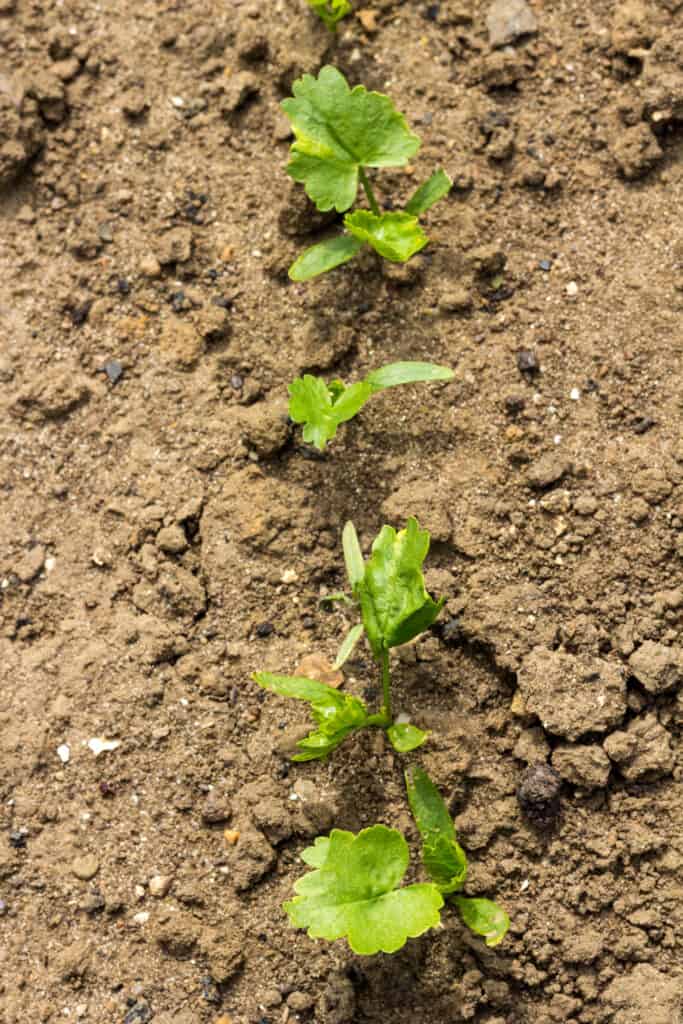
Parsnip planting details
- Sowing depth: ½ inch (1.2cm)
- Space between plant after thinning: 4 inches (cm)
- Days to sprout: 18
- Days to harvest: 90-140
- Storage period: 8-16 weeks
- Seeds per 100-row feet: ½ ounce (14g)
- Yield per 100-row feet: 100 pounds (45 kilos)
- Suggested Varieties: Hollow Crown, All American, Harris Model, Premium
Parsnips sowing and planting tips
Grow parsnips and other root crops in light-textured soil free of pebbles and stones. This will ensure roots do not split or become malformed.
Parsnips mature in 100 to 120 days depending on the variety.
- Start parsnip seed directly in the garden.
- Seed is viable for just 1 year.
- Start seeds in the garden about 4 to 2 weeks before the last expected frost. Parsnips can be started indoors, but they—like most root crops—are difficult to transplant to the garden with success.
- Sow seed ¼ to ½ (6-13 mm) inches deep and be sure to heel or stamp the soil firmly in to ensure sufficient contact with the soil.
- Sow seed 1 inch (2.4 cm) apart or closer and later thin successful plants to 3 to 4 inches (7.5-10 cm) apart. It’s best to over-seed because parsnip seeds are known for poor germination.
- Space rows 12 inches (30 cm) apart.
- Sow seed in loose, fertile soil. Adding aged compost to planting beds in advance of sowing will feed the soil and aid moisture retention.
- Seeds should germinate in 12 to 14 days at an optimal temperature of 70°F (21C) or thereabouts; germination can be slow in chilly soil.
- The optimum soil temperature to grow turnips is 60°F (16°C).
- Parsnips prefer a soil pH range of 6.0 to 7.0.
- Grow parsnips in full sun for best yield—tolerates partial shade.
- Avoid planting parsnips where carrots, parsley, or celery have grown recently.
- Fertilize with an organic fertilizer such as fish emulsion at half strength.
- Common pest enemies are armyworms, cabbage root maggots, carrot rust flies, flea beetles, leafhoppers, and onion maggots. Protect the seedlings from pests and cold temperatures for 2 to 3 weeks after planting with spun poly-row covers.
Interplanting: Plant parsnips with bush beans, beets, carrots, garlic, onions, peas, southern peas, radishes, and rutabagas.
Container Growing Parsnips: Choose a container 15 inches (38 cm) deep.
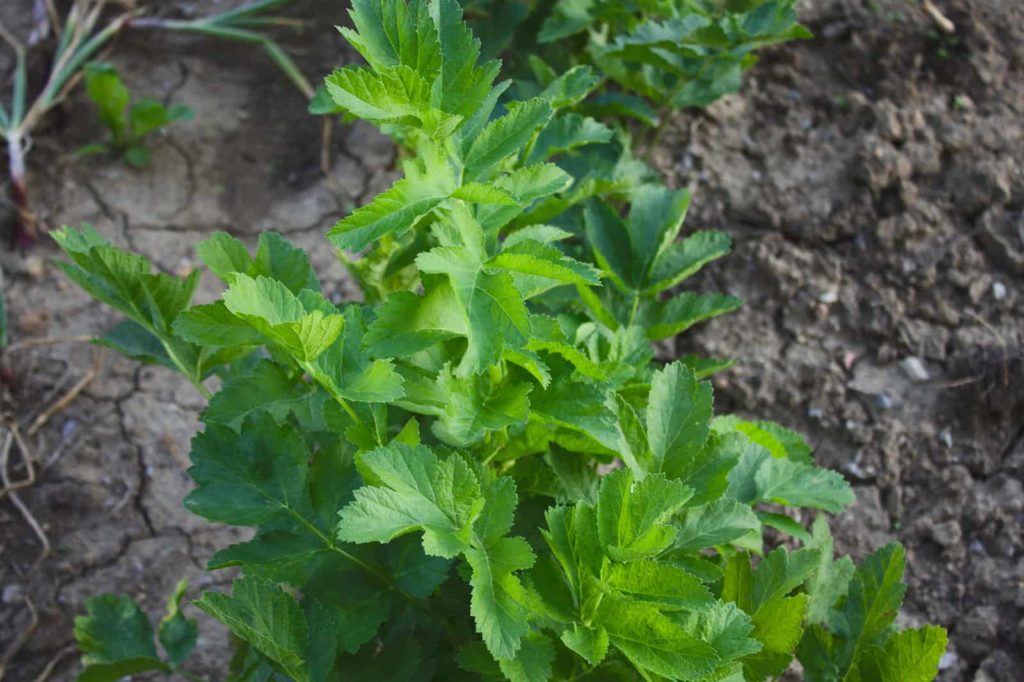
Parsnip planting calendar
Parsnips require a long growing season and are best planted in spring for autumn or winter harvest. In warm-winter regions, sow parsnips in late autumn for harvest the next spring.
Mature parsnips store well in the ground as long as the ground does not freeze. Frost and freezing temperatures improve the flavor of the roots.
Planting parsnips in spring
- 4-6 weeks after the last frost in spring: direct-sow in the garden for fall and winter harvest.
Parsnip planting dates
(These dates are for the Northern Hemisphere)
| Average date of the last frost | Planting dates |
| Jan. 30 | Fall plant |
| Feb. 8 | Fall plant |
| Feb. 18 | Jan. 15-Feb. 1 |
| Feb. 28 | Jan. 15-Feb. 15 |
| Mar. 10 | Jan. 15-Mar. 1 |
| Mar. 20 | Feb. 15-Mar. 15 |
| Mar. 30 | Mar. 1-Apr. 10 |
| Apr. 10 | Mar. 10-Apr. 10 |
| Apr. 20 | Mar. 20- Apr. 20 |
| Apr. 30 | Apr. 1-May 1 |
| May 10 | Apr. 15-May 15 |
| May 20 | May 1-20 |
| May 30 | May 10-June 1 |
| June 10 | May 20-June 10 |
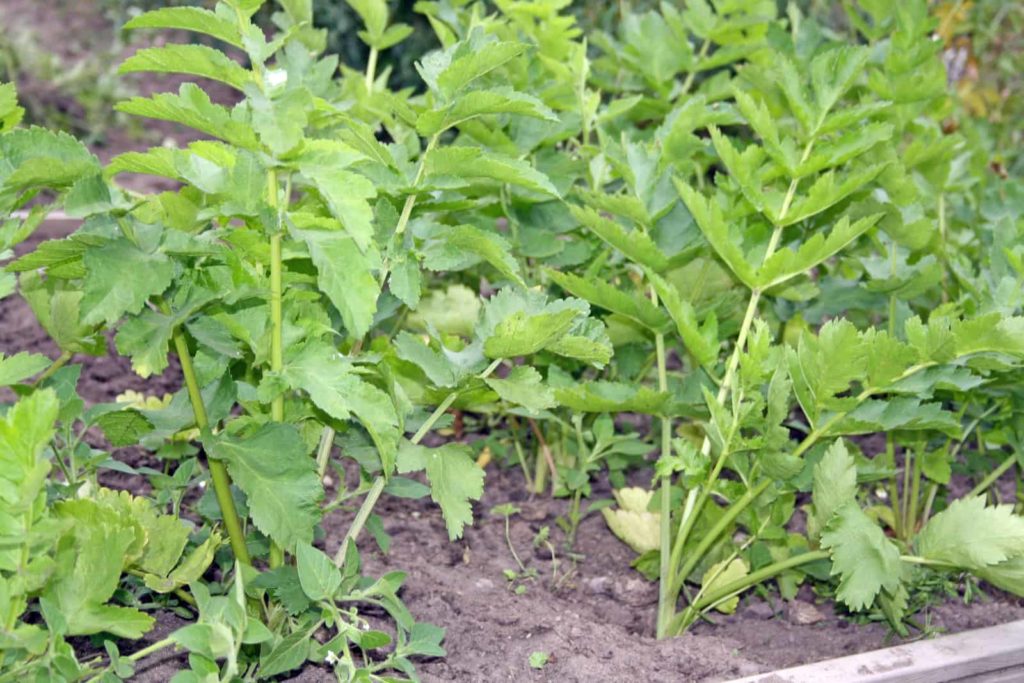
Parsnip recommended varieties
- ‘Harris Model’ has snow-white flesh and great flavor.
- ‘Lancer’ is similar to the ‘Harris Model’ but resistant to disease.
- ‘Gladiator’ is sweet flavored.
- ‘White Gem’ grows in all soils.
Botanical Name: Pastinaca sativa
Parsnips are a member of the Apiaceae also called Umbelliferae family; other members of this family include carrots, celery, dill, fennel, parsley, and parsnips.
Parsnip articles at Harvest to Table:
How to Harvest and Store Parsnips
Five Quick Ways to Cook and Serve Parsnips
Carrot and Parsnip Growing Problems Troubleshooting
Garden Planning Books at Amazon:
- Vegetable Garden Grower’s Guide
- Tomato Grower’s Answer Book
- Vegetable Garden Almanac & Planner
- Kitchen Garden Grower’s Guide Vegetable Encyclopedia



